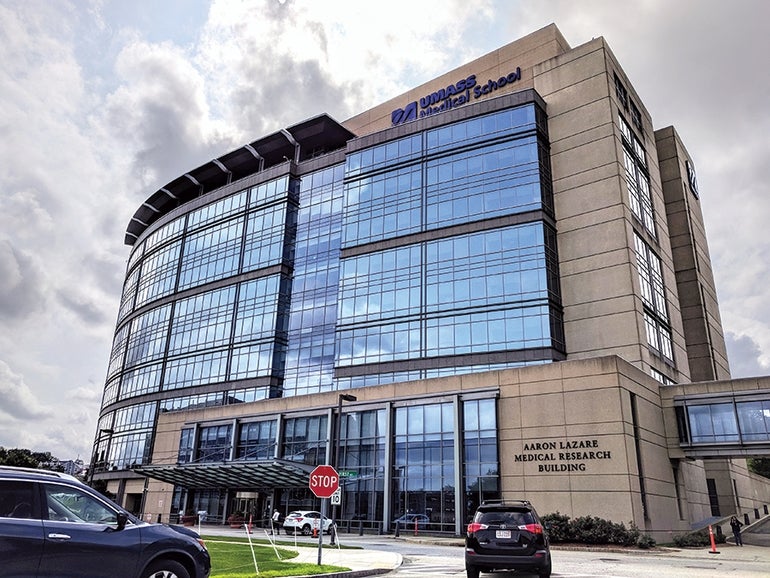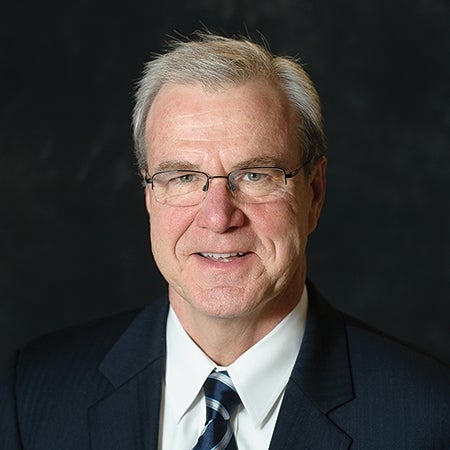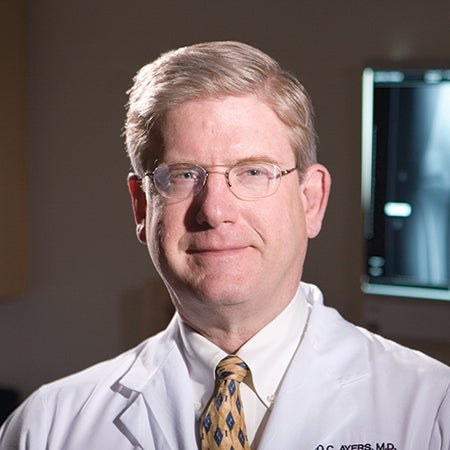Students flocking to UMass, other medical schools
When officials at the UMass Medical School compiled forms for those seeking five orthopedic residents seats, the pile of applications indicated just how many are seeking to work with bones and joints.
Around 650 students applied for just those five spots.
“That’s the competitiveness of the program,” said Dr. David Ayers, the chair of the department of orthopedics at UMass Medical School.
Orthopedics isn’t alone.
The medical school — the only public one in Massachusetts and one of just four in the state — had nearly 4,000 applications for 161 seats this fall. That’s 25 applicants for each student who will actually get in. That number of seats has increased by nearly one-third in just four years.
UMass isn’t just attracting more students, but brighter students. The average grade-point average for incoming students this fall is 3.7, and MCAT scores were in the 90th percentile nationally.
“It’s not an issue of any lack of talent,” UMass Medical School Dean Terence Flotte said of the flood of students looking to study medicine in Worcester.
Enrollment at UMass Medical School’s School of Medicine — its largest school, and where enrollment is easiest to measure — has risen 30 percent in the past decade, exceeding what has been a much broader rise in medical school students nationally.
Medical schools aren’t able to increase enrollment as easily as undergraduate programs are, with residency opportunities and other factors to consider. School leaders want to make sure faculty can keep up with growth and that clinical affiliations provide enough opportunities for students, Flotte said.
New opportunities for growth
Still, UMass has found ways to grow in recent years.
In 2013, the school opened the $400-million Sherman Center, which allowed it to finally expand capacity after being constrained for space for years. In 2016, it opened seats to out-of-state students for the first time and began an affiliation with Cape Cod Health to give roughly 15 students clinical rotations there. Last fall, it opened a campus in Springfield, its first outside Worcester, with a class of 25 students and a plan to expand to roughly 100.
“Based on our first class, we’re off to a good start,” said Andrew Artenstein, the regional executive dean for UMass Medical School-Baystate, as the Springfield campus is known. “These are people who I can see as future medical leaders.”
Many of the medical students in Springfield are first in their families to go to college, Artenstein said, and many are minorities who are underrepresented in health care.
The Springfield site also offers another new component of the medical school: a focus of study on needs of patients in underserved urban and rural areas. Each student on the campus is in that track of study, whether or not they end up in that specialty. The idea, Artenstein said, is to give students a broader look at the health needs of an area beyond just medicine, to include how their wellbeing is affected by their jobs, their home life, nutrition and transportation opportunities, such as getting to where they can see a doctor or buy healthy groceries.
Back in Worcester, the medical school is seeing the sharpest rises in enrollment in areas like emergency medicine, general internists and hospitalists, who oversee a broad range of care similar to generalists. Radiology and orthopedics have also seen more interest from students.
Enrollment growth has been in line with what medical schools across the country have seen. Nationally, medical school enrollment is up 28 percent since 2002, the Association of American Medical Colleges reported last year. In that span, 22 new medical schools have been established and accredited, accounting for nearly 40 percent of the enrollment growth.
High demand meets high need
It isn’t simply that more students want to go into medicine. There’s more of a need, which is projected only to grow in the coming decades. The Association of American Medical Colleges has forecasted a shortage of as many as 105,000 physicians by 2030, largely because of an aging population. Not only are more doctors retiring, but an older population requires more care. The number of Americans over 65 is expected to increase by 50 percent by 2030.
“We may still have a physician deficit,” Flotte said, “but we’re trying to do our part to help try to fill the physician workforce.”
The association’s report also showed that UMass Medical School isn’t alone in struggling to find enough residency positions for its students. A survey of medical school deans found that 39 percent were concerned about incoming students’ ability to find residency training when they graduated, and 80 percent were worried about residency opportunities nationwide.
The orthopedics department at UMass Medical School has been able to grow in part because it has found residency opportunities, Ayers said.
“We matched seven into orthopedic surgery, which is the highest we’ve had,” Ayers said.
Ayers attributes a rise in interest in orthopedics to a growing need for orthopedic services and the clear way in which people can see the lifestyle change that orthopedic services can offer. As orthopedic operations have become more common, they’ve also evolved into outpatient procedures that can make them cheaper and more appealing.Older adults these days have more of a desire to maintain an active lifestyle, he said, and are expected to increasingly turn to hip and knee replacements to help them do it.












0 Comments